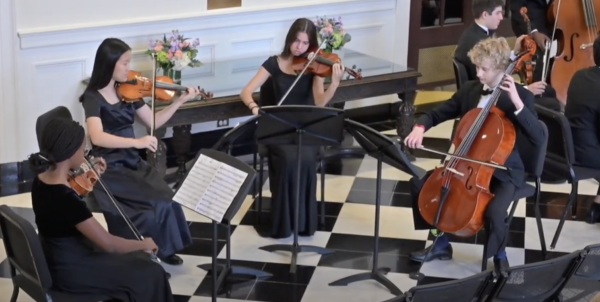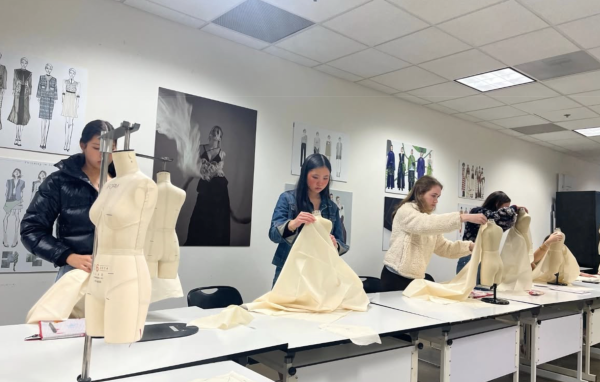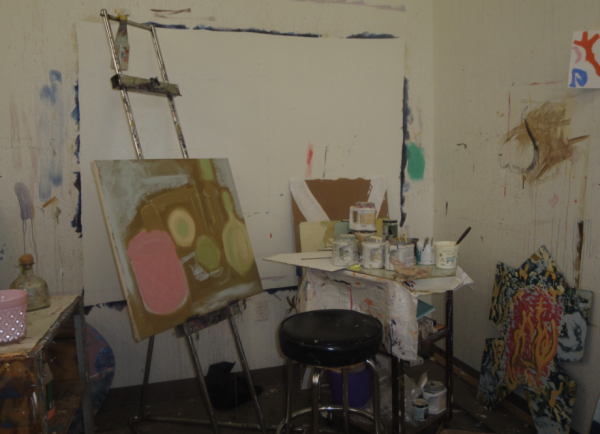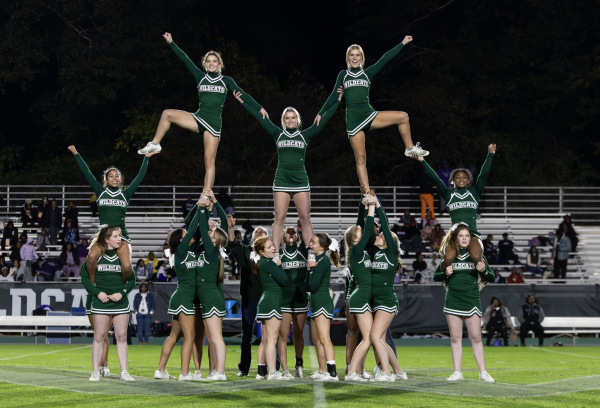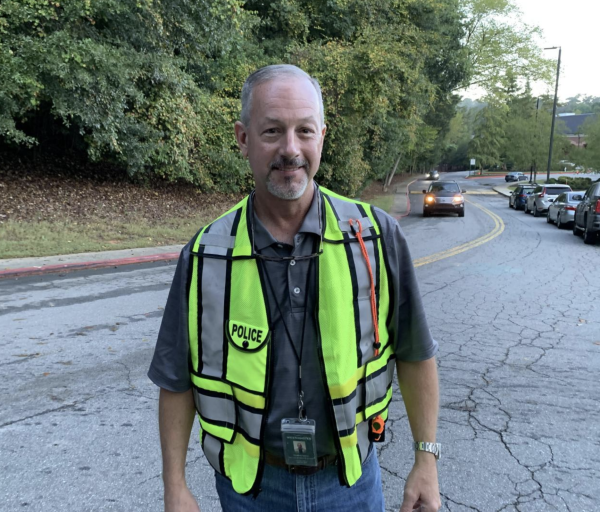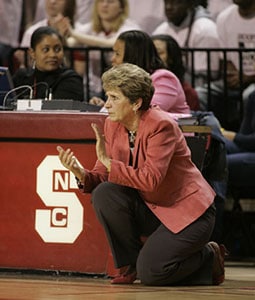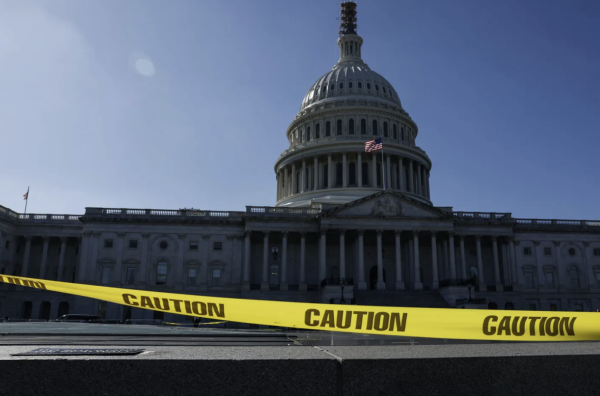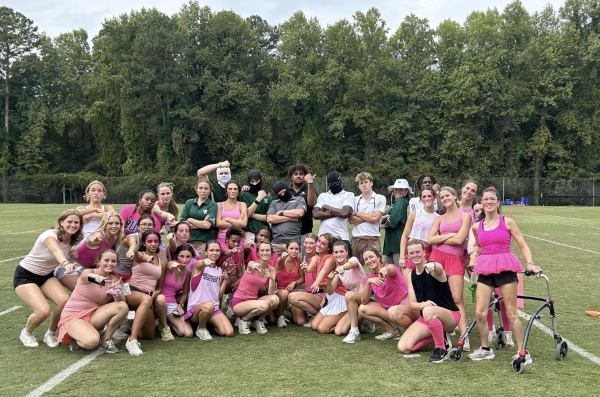Visual arts department debuts new exhibit “One Quiet Hour” in Broyles
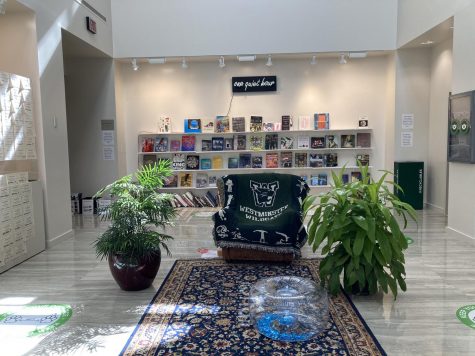
The latest art exhibit “One Quiet Hour” opened in Broyles with the start of the 2020 school year. As students walk into the gallery, they are greeted by an arrangement of art, objects, and books surrounding a chair that a single participant occupies for an hour. Those who sign up receive the opportunity to sit in the plush chair located in the middle of the exhibit to discover, observe, and relax.
Upper School visual arts chair Benjamin Steele, who primarily ran the exhibit, took inspiration from Wunderkammer, also known as cabinets of curiosity. Wunderkammer is a concept developed during Renaissance Europe in which objects of various aspects of the world are collected and brought together to inspire curiosity.
Since its beginnings, Wunderkammer has brought together art and shapes with science and technology. Any object that displayed marvels of any type was welcomed for the creator to present to the public, whether it be in literal cabinets or grand showrooms.
For Westminster’s adaptation, Steele selected objects from the art storage spaces, some of which were present even before he began to teach at the school. Others came from antique markets. The mismatched objects were then strung together, creating a new and alternative meaning.
“Taking [Wunderkammer] as inspiration for our object room for the “One Quiet Hour” project, rather than just displaying books, showed how they could be used,” said Steele. “I found things that represent whole areas of thought and tried to find a way for any subject or topic present in that state for someone to come into and take inspiration from.”
Students had an opportunity to contribute to the exhibit as well. Some drawing and painting students decorated the rocks in the exhibit, while sculpture students constructed the plaster hands.
Freshman Abby Marr signed up to experience the exhibit in order to take pictures of it for her photography class.
“I loved how random the objects were yet how not random the exhibit was as a whole,” said Marr. “And the chair was strategically placed in the middle, so you could admire all of it.”
Another purpose of the exhibit was to promote the prioritization of mental health. The idea of establishing “One Quiet Hour” had been in the works for about five years, and the visual arts faculty always had a vision of self-awareness.
“Everyone [on campus] was overbooked and felt like they had to do more than one thing at a time. Often, the thing that you wanted to do got pushed way down that priority list,” said Steele. “To take some time to flip the priorities and make something that should be really simple and small can suddenly become the most important thing in your day. It’s an hour that you’ve carved out and put on your calendar a month in advance during which you know you will be curious.”
The circumstances of the COVID-19 pandemic impacted the exhibit as they did for many aspects of school life. With 119 people signed up, “One Quiet Hour” was on schedule to open during the spring semester of the 2019-2020 school year, but these plans shifted due to new campus protocols.
“There’s still so much to get used to about this school year and still so many new things going on. Many people, not just myself, are dealing with this huge emotional toll,” said Steele. “This year requires less of a frantic mad dash and more of a need for reflection and processing. Making space for this becomes really important in a different way.”
However, even with the increased need for reflection and taking time for one’s self, many were reluctant to partake in taking an hour to visit the exhibit.
“There is a huge problem of feeling guilty for spending an hour during the school day at this exhibit just because they were interested in it,” said Steele. “We want to normalize that not only is it okay to set aside that time, but it is celebrated. Putting this behavior on display makes people think differently about how they might approach it.”
Some adapted more easily to that idea and spent their hour at the exhibit with ease.
“My goal was to do a little reading for pleasure, but I got sleepy and let myself go there,” said John Lambert, an Upper School English teacher. “It was very peaceful. I thought it was nice to spend this time off of the beaten path.”
Lambert himself contributed to the exhibit with his infamous office chair, to which he has a personal connection.
“The chair used in the exhibit was the chair that was in my office, so it was nice being able to actually sit in a familiar space,” said Lambert. “It was a chair that my youngest daughter drew on when she was three, so it’s a very familiar chair.”
Currently, the future of this exhibit is unclear. Nevertheless, Steele is enthusiastic about the lasting impact of the exhibit.
“I love the idea, and it seems like it resonates with a lot of people,” said Steele. “I could definitely see bringing it back or bringing it back in a different format, in a different location. A big part of doing it too was hoping to inspire people to just do it anyway, even without the project going on.”
